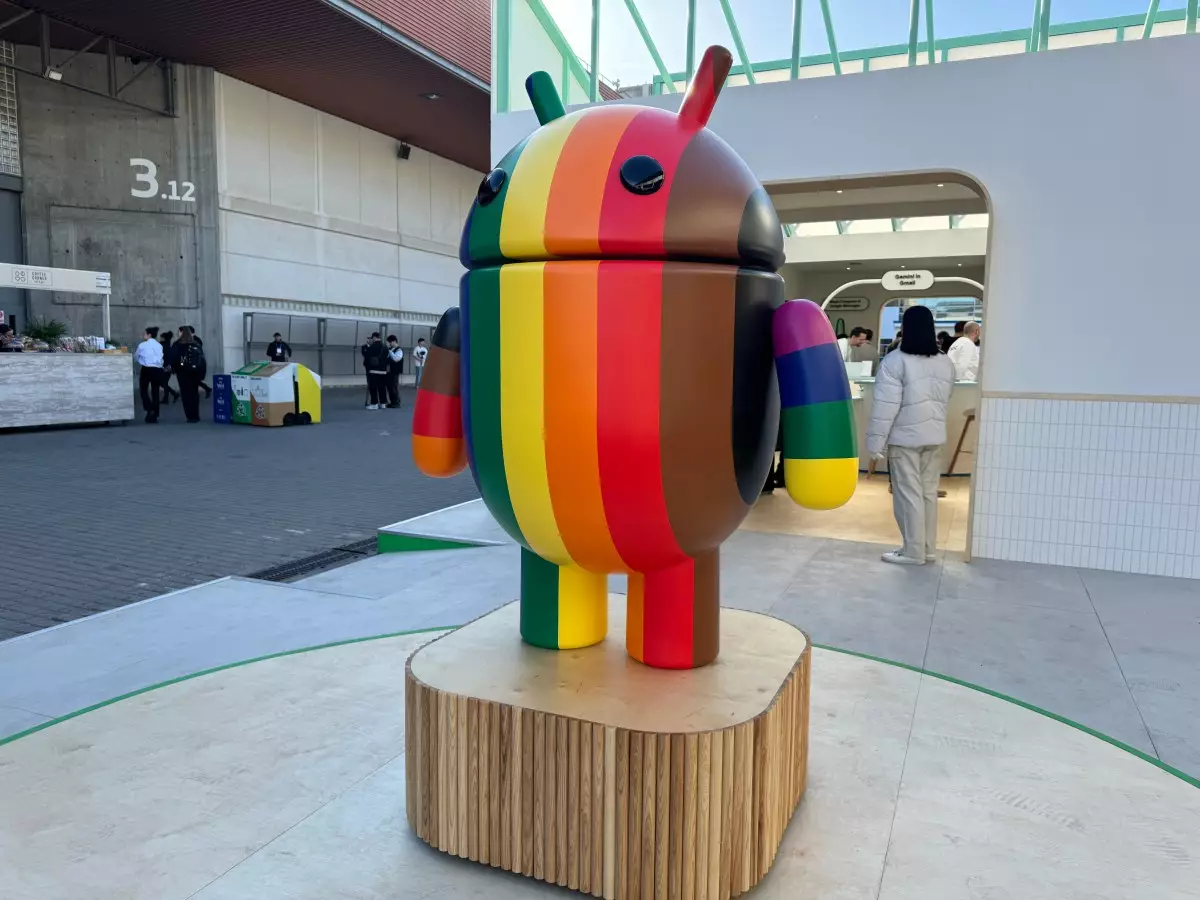The tech landscape is getting more competitive by the day, particularly in the mobile operating system arena, where Google faces continuous pressure from Apple’s iOS. To respond to these challenges effectively, Google has announced a strategic recalibration in how it manages the Android operating system’s development and release timelines. With the impending launch of Android 16, Google is setting the stage for a more robust approach to both developers and end-users alike.
Traditionally, Google’s release cycle for new Android versions hinged on a timeline that favored a major beta release in the second quarter, with stable versions appearing a few months later, typically post-July. However, the unveiling of Android 16’s first developer preview marks a pivotal change, as the stable version is now earmarked for a Q2 2025 launch. This shift represents a significant departure from past practices, indicating that the company is prioritizing faster access to core features for consumers.
Google is not just enhancing its responsiveness but is also attempting to tackle the perplexing issue of fragmentation within the Android ecosystem. Fragmentation arises when various devices run different Android versions, often leading to a disjointed user experience. By accelerating the feature rollout, Google aims to ensure that more devices can enjoy the latest innovations quickly, thereby aligning itself more closely with the operational structure seen in the iOS ecosystem, where feature updates are generally rolled out uniformly.
For any significant operating system update, stability is paramount, especially from a developer’s perspective. App developers rely on the robustness of the core OS to build reliable applications without the constant worry of their software breaking due to unforeseen OS changes. Google’s statement indicates awareness of this necessity, as it emphasizes the importance of a stable first major release for Android 16. It’s a crucial point that the company recognizes: to create an inviting environment for developers, the platform must allow app enhancements that do not involve painstaking revisions caused by instability.
Highlighting this commitment, Google has not only planned for a major SDK release in Q2 2025 but has also hinted at a supplementary SDK minor release in Q4 2025, designed to introduce new developer APIs. This strategy appears to be tailored to convey Google’s agility in accommodating developers, allowing them to introduce new functionalities at an accelerated pace without falling behind in the evolving tech landscape.
Excitement surrounds the initial developer preview of Android 16, particularly with the introduction of features that promise to enhance the user experience. Among the most notable additions is an embedded photo picker tool. This feature will enable applications to streamline the process of accessing selected photos from local storage or the cloud, which is a significant usability improvement. With user-centric adjustments like these, Google not only aims to refine the operation of individual apps but also enhances device functionality in a seamless manner.
Moreover, another exciting feature is Google’s release of a developer preview of Health Connect. By facilitating access to health records through APIs that support FHIR (Fast Healthcare Interoperability Resources) standards, Google is carving a niche in an increasingly health-conscious world. This integration allows for more cohesive communication between various health applications, supporting a holistic approach to digital health management while ensuring user privacy through permission controls.
As the Android ecosystem looks forward to the release of new APIs and features, speculation continues regarding the consequent effects on the Pixel phone release cycle and Google’s broader strategy. The recent iterations of the Pixel line— showcased by the launch of the Pixel 8 series and the anticipated Pixel 9 series—have shown how closely intertwined hardware designs are with software enhancements. Seang Chau’s statements further reinforce the urgent need for a cohesive release schedule that benefits both developers and manufacturers.
This recalibrated approach, focusing on faster and more stable launches, not only sheds light on Google’s intention to streamline operations but also positions it favorably against competitive benchmarks. Developers can look forward to a more structured environment, which engenders creativity and innovation without the shadow of uncertainty looming large.
Android 16 symbolizes a potential turning point for Google’s mobile operating system strategy. By prioritizing stability, speed, and extensive feature rollouts, Google could significantly alter the landscape for developers and consumers, leading to a more coherent and competitive mobile ecosystem in the years to come.


Leave a Reply